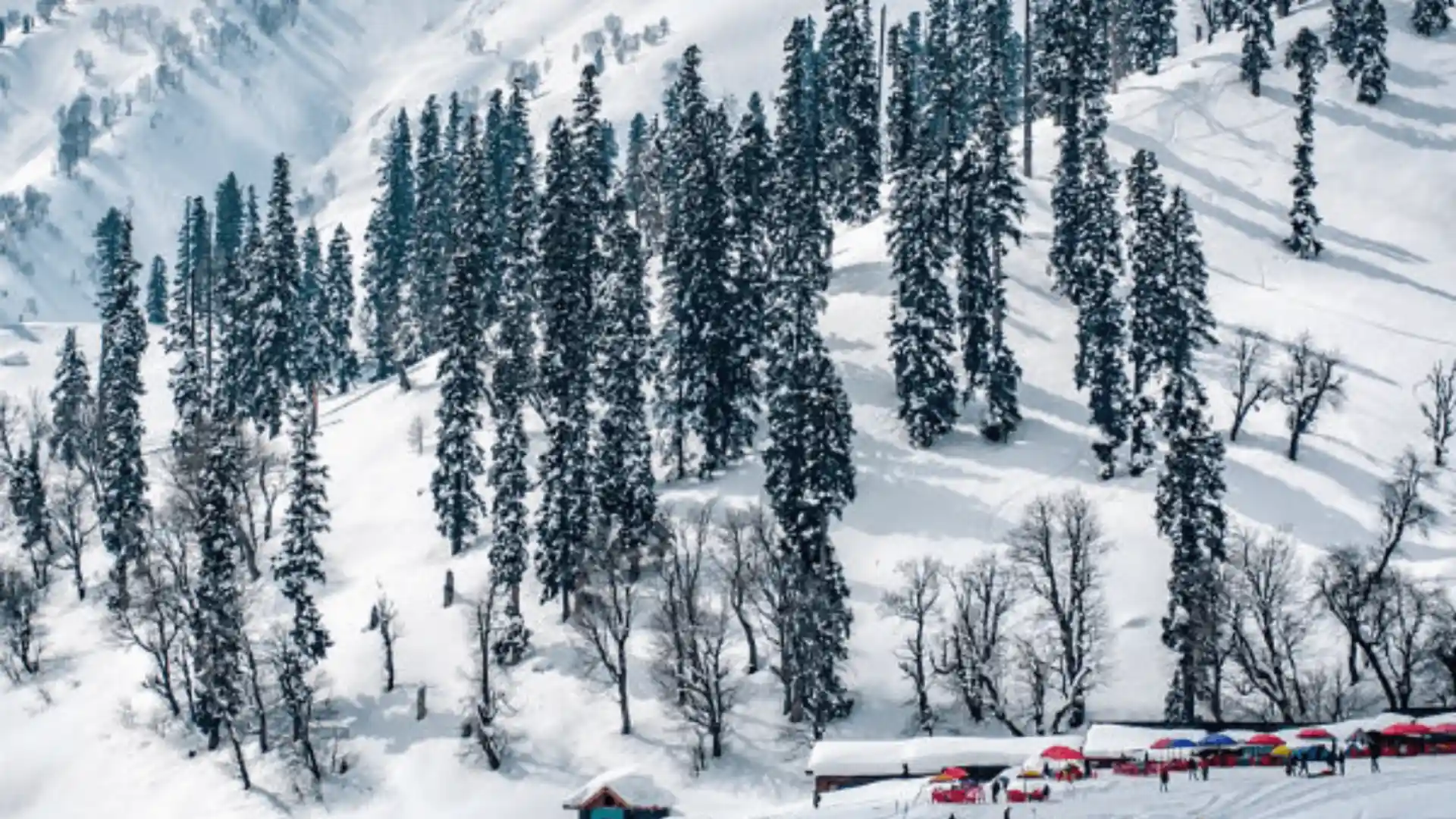The Kashmir Valley is experiencing a sharp dip in temperatures as it remains under the grip of “Chillai-Kalan,” the harshest phase of winter. This severe cold spell, which began on December 21, is expected to continue until January 30.
On Sunday, temperatures plummeted across the region, with Kokernag in south Kashmir recording the coldest temperature at a chilling minus 8.1°C. In Srinagar, the mercury dropped to minus 2.5°C, while Gulmarg, the popular skiing destination in north Kashmir, registered a low of minus 4°C. Pahalgam, a key base camp for the Amarnath Yatra in the south, recorded minus 3.2°C.
What is Chillai Kalan?
Chillai-Kalan, the harshest phase of winter in Kashmir, begins annually on December 21 and ends on January 29. During this period, the region experiences intense cold, frequent snowfall, and temperatures often dropping below freezing. While it can disrupt daily life, Chillai-Kalan has also shaped the cultural fabric of Kashmir, giving rise to unique traditions and practices. From the iconic winter wear like the “Pheran” to the celebration of local festivals, this chilling season is an integral part of Kashmir’s identity, adding warmth to its vibrant culture amidst the freezing temperatures.
It’s snowing! 🌨️
Check out the latest visuals of the snowfall from the valley! #snowfall #winter #gulmarg #snow #JammuKashmir #tourism @diprjk pic.twitter.com/hVesnl43rh— Jammu & Kashmir Tourism (@JandKTourism) January 5, 2025
Other areas also saw significant drops in temperature. Qazigund, the gateway town to Kashmir, logged minus 3.6°C, and Konibal in Pampore saw a low of minus 3.5°C. Kupwara in the north recorded minus 2.8°C. Despite these chilly temperatures, Kokernag stood out as the coldest spot in the valley.
According to the India Meteorological Department, several parts of Jammu and Kashmir will likely receive snowfall on Sunday.
Also Read: Two Sabarimala Devotees Killed In Car-Bus Collision In Kerala’s Kollam, 3 Including Kids Injured




















